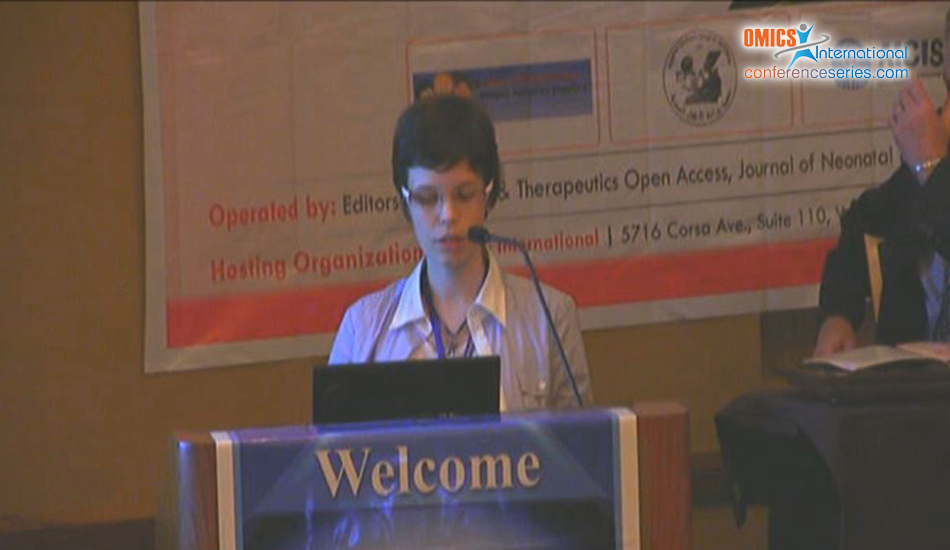Pauline Lallemant Dudek
Paris IV- Hospital A. Trousseau, France
Title: Neuro sphincter effects of an acute disseminated encephalomyelitis
Biography
Biography: Pauline Lallemant Dudek
Abstract
Introduction The Acute Disseminated Encephalomyelitis (ADEM) is an auto-immune diffuse demyelinating disorder of the central nervous system after a viral infection or a vaccination. Observation Thomas, 12 years without preceding neurological abnormalities, consults to the emergency department for dysuria, pains and paresis of the lower limbs. A month ago, he had a mesenteric lymphadenitis. Two weeks ago, Thomas had an erythematous rash during 3 days. The physical examination reveals a bladder distention, constipation and a pyramidal syndrome to the lower limbs. The cerebral and spinal-cord MRI reveals encephalitis (left frontal lobe lesion) and a multifocal myelitis (median thoracic, low thoracic and conus medullaris). The viral serologic tests are negative; the cerebrospinal fluid is sterile with lymphocyte pleocytosis. The diagnosis of ADEM is established. After corticotherapy, the low thoracic lesion is the only one persisting on the 2-months MRI. Four months after the diagnosis, the neuro-motor evaluation is normal. Thomas complains of dysuria, urinary and fecal incontinence and erectile dysfunction. Discussion The ADEM is an uncommon disease which the initial differential diagnosis is multiple sclerosis. The acute treatment by high dose of corticoid is widely accepted. There is no data about an optimal treatment. The outcome is mostly with complete recovery. Four retrospective pediatric reviews report that only 2.5% (4/161) have a neurogenic bladder. None colon or erectile dysfunction are related. The few cases of neuro-sphincter troubles related show both the rarity of these symptoms and the lack of diagnosis. These must be consistently sought and followed-up behind the acute phase and the resolution of MRI lesions. The aim is to avoid renal damages and urinary and fecal incontinence. We detail the symptoms and the specific care modalities for the teenagers.

